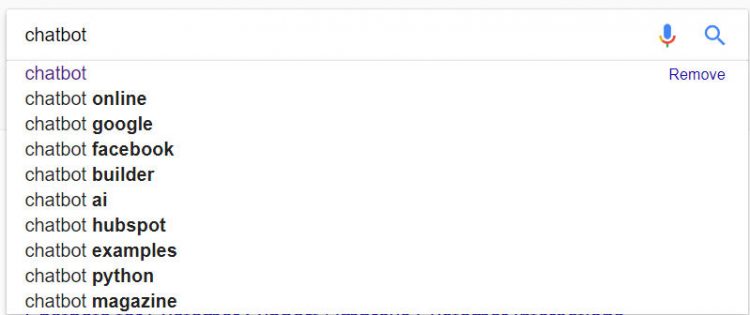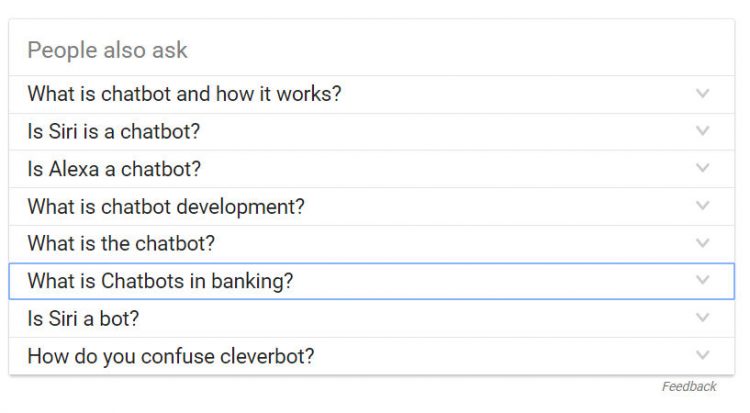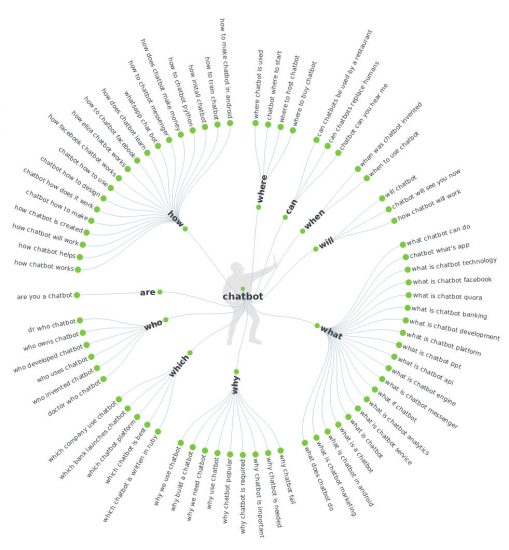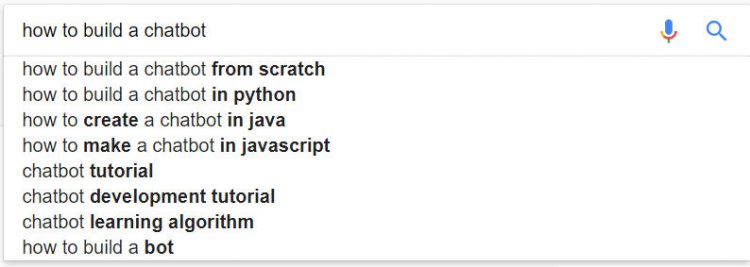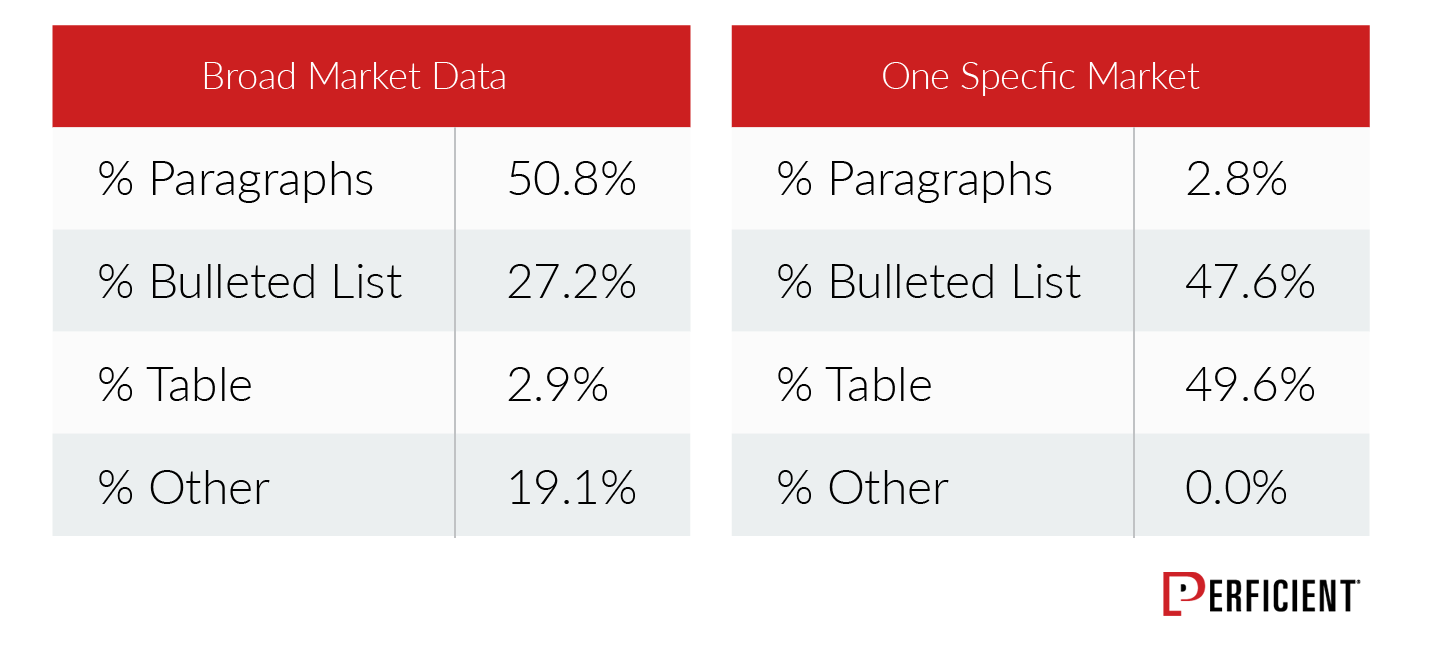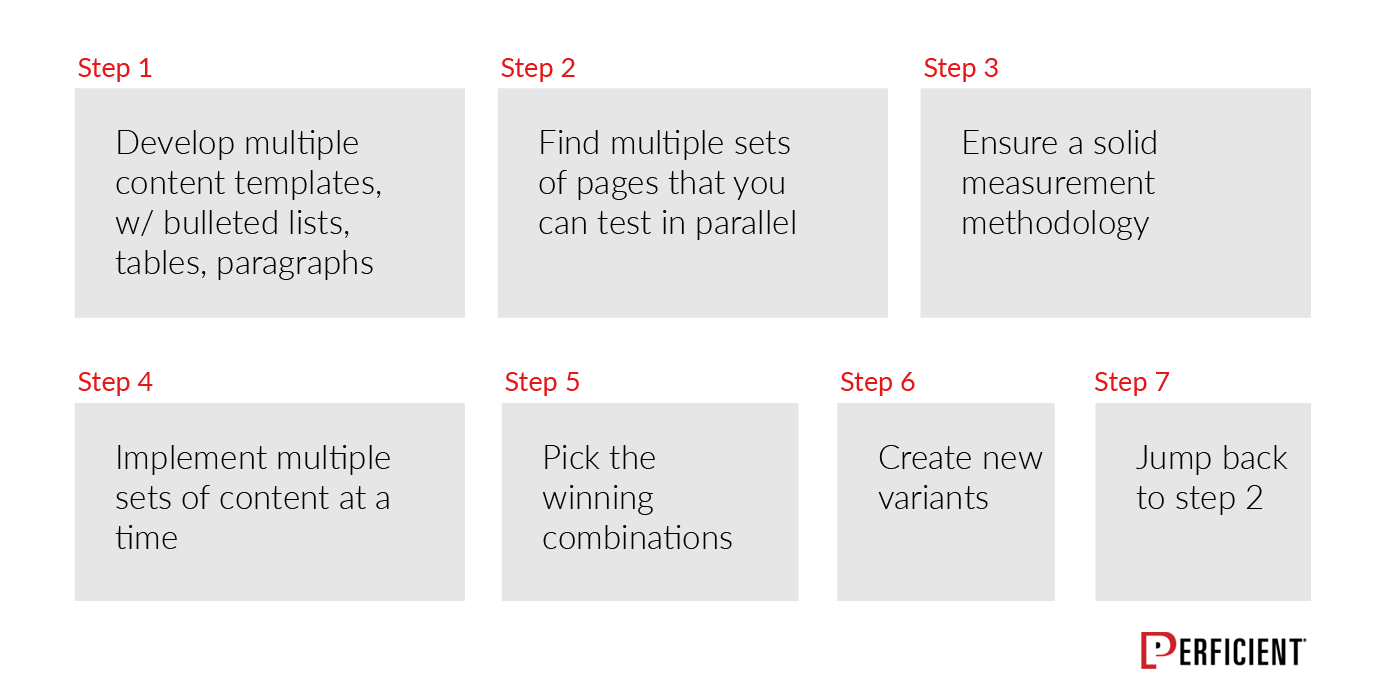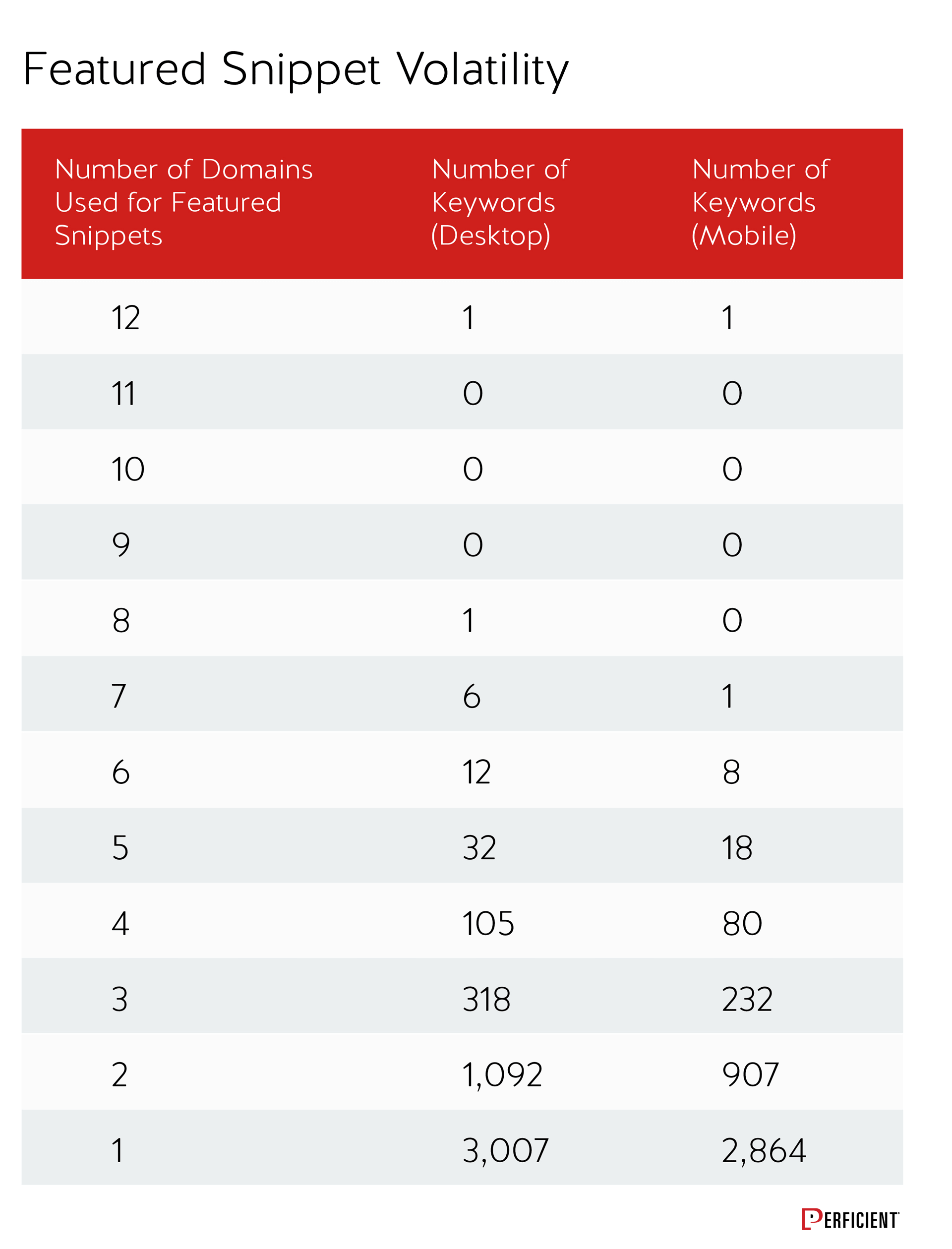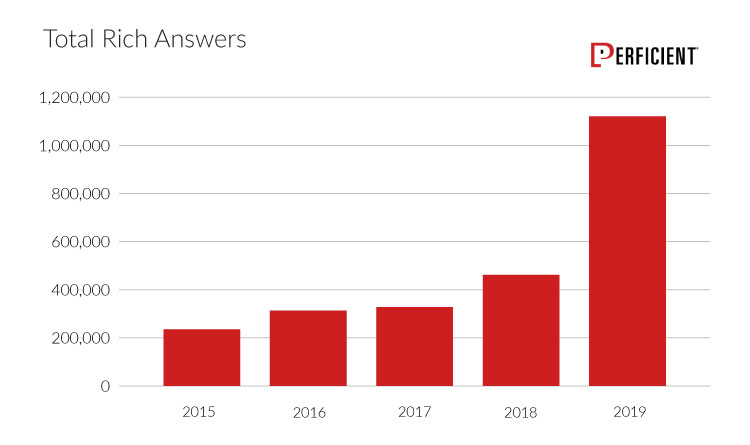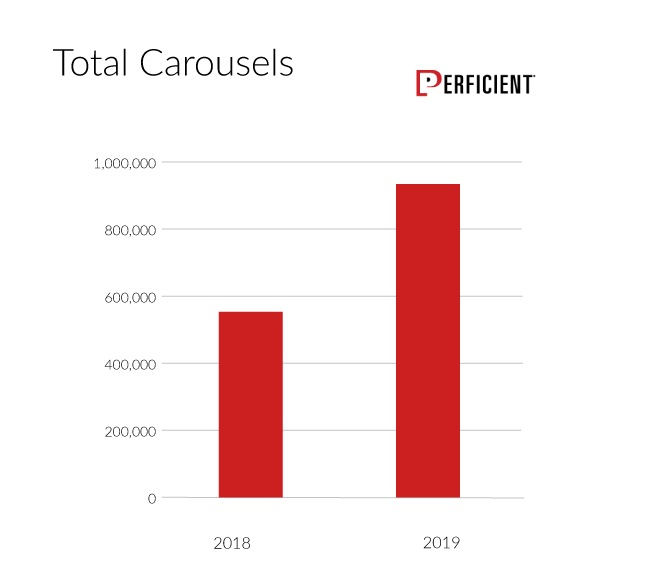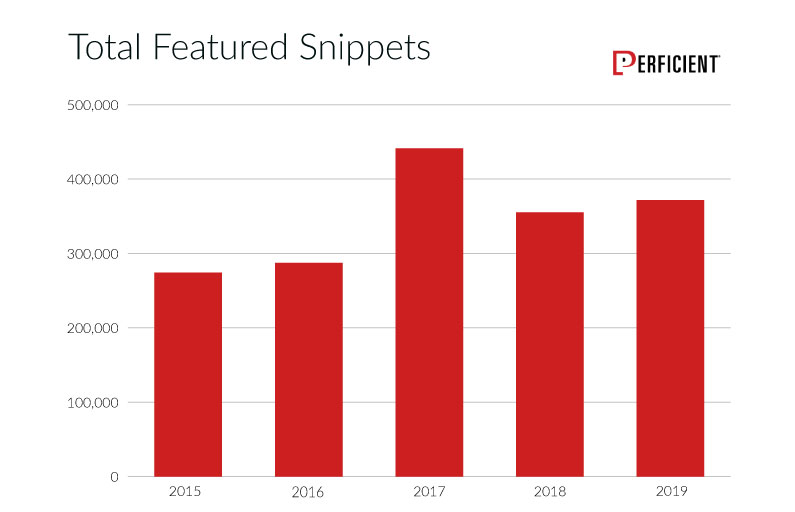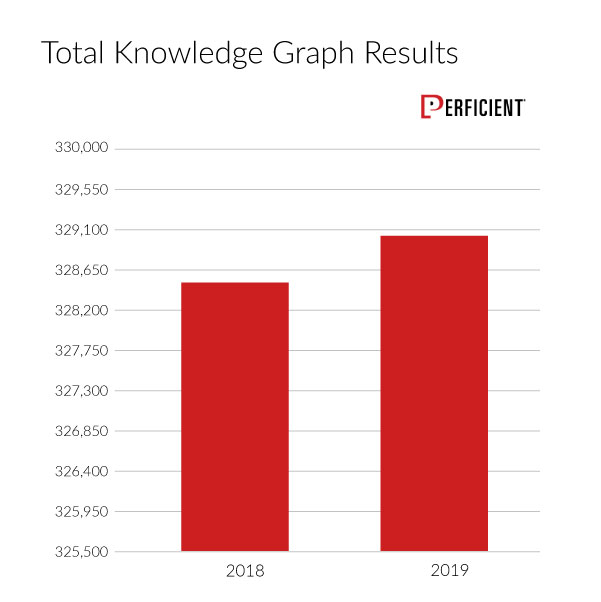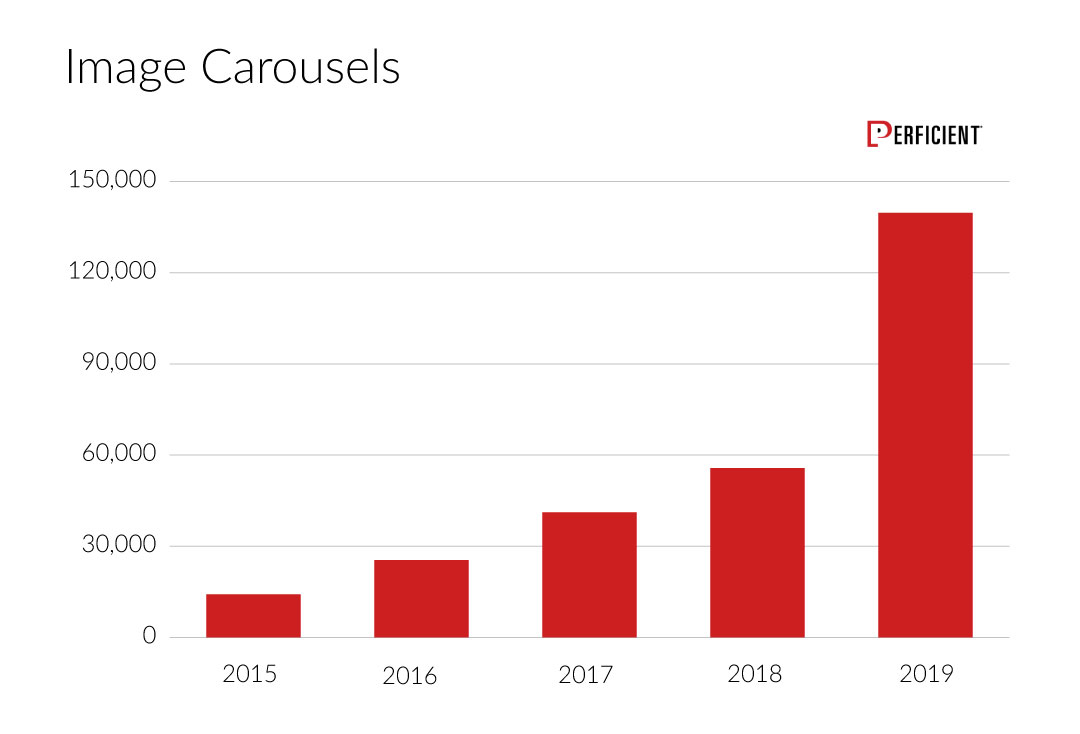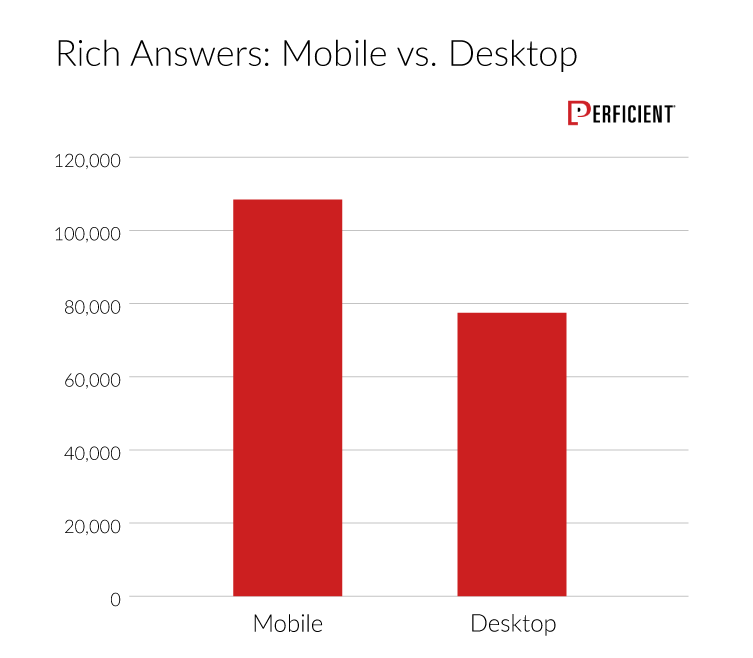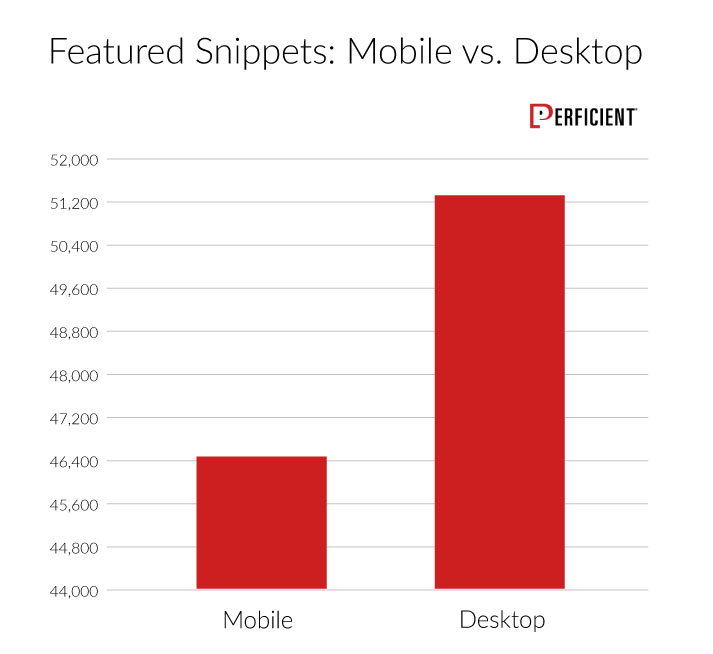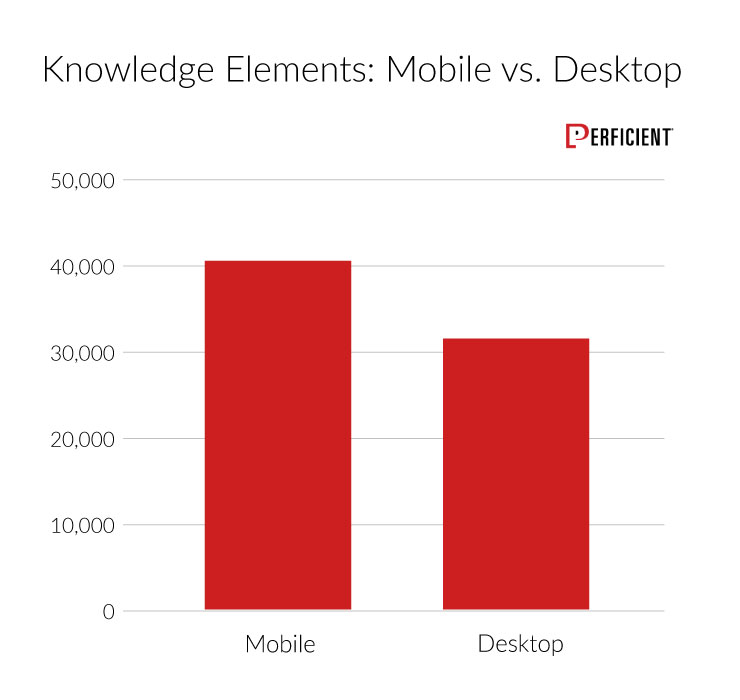Featured Snippets Resource Center

Your Roadmap to Featured Snippets
This resource center is your one-stop hub for everything you need to know about featured snippets in search. You’ll learn here how to get featured snippets for your content, common myths about how they are earned, and why they can come and go.
We’ve also included the latest 2019 data from our ongoing study of how featured snippets in Google Search change over time. These studies have been cited by numerous major publications, including The Washington Post, Entrepreneur, Moz, Think with Google, The Next Web, and The Verge.
How to Get a Featured Snippet in 8 Steps
Let’s start with a short summary of the major steps:
- Identify commonly asked user questions related to your business
- Qualify the popularity of the questions, and filter out those that are infrequently asked
- If you intend to modify current pages on your site, pick ones that already rank in the top ten for the given query
- If you intend to create a new page, create one that has a strong chance of ranking in the top ten for the given query
- Develop a list of related queries users have that are related to each selected question
- Create content that directly answers the question
- Expand that content to address all the closely related questions users have on that topic (make your content comprehensive)
- Place the information that you want to have shown in a featured snippet on your page in a manner that makes it easy for users, and Google, to find
Now let’s expand upon each of these steps in a bit more detail!
1. Identify commonly asked user questions related to your business
There are many ways to approach this. One of the best is to speak directly with your customers. Or, talk with your sales or product marketing people and see what questions they are frequently asked. There are other tools available to help as well. For example, consider looking at the Google Autocomplete for a given query, as shown here:
Google has more sources of data than the autocomplete box. You can also look at what shows up in the “People Also Ask” part for those, if there is one for your query:
To expand the number of People Also Ask results shown by Google, click on a few of them, and Google adds more, so this provides you a way to get more examples. Last, but not least, use Answer the Public to see commonly asked question variants on any topic.
By the way, Answer the Public is also an invaluable tool for all kinds of content-related research.
2. Qualify the popularity of the questions, and filter out the ones that are infrequently asked
For this task, there are two basic methods that we recommend:
- Use your favorite keyword research tool. SEMRush, Moz, Searchmetrics, Brightedge, and of course, Keyword Planner are all great examples of tools that you can use.
- Go back to your data on conversations with customers. This is an awesome and often underutilized source of market intelligence.
3. If you intend to modify a current page on your site, pick ones that already rank in the top ten for the given query
This is an important step, as Google does rely on the traditional core algorithms to identify the pages that are eligible for earning featured snippets. It’s not that you shouldn’t improve content on other pages, but those will be dependent upon getting the page in the top 10 (and preferably relatively high in the top 10) before a featured snippet is a possibility. It’s best to focus on those pages where featured snippet pay dirt is more likely to follow.
Getting the ranking data is fairly straightforward. Take those popular queries and type them into Google and check their rankings if you have to. You can also use any of the above tools (except Keyword Planner) to check rankings data in a more automated way.
4. If you intend to create a new page, create one page that has a strong chance of ranking in the top ten for the given query
If you don’t have any page at all that addresses the target query, you can still consider creating content that you think is worthy of a featured snippet. This is something we’ve helped many clients with, and it can be an effective approach.
You can still do research that helps you assess your chances of success. Use your favorite Enterprise SEO tool, such as SEM Rush, Searchmetrics, Brightedge, Conductor, or SEO Clarity to see what keywords you currently rank for. Do you rank for any related keywords to the target query?
For example, if you want to earn a featured snippet for the phrase “how to buy blue widgets,” are there any queries that include the phrase “blue widgets” in it that you rank for (i.e. phrases like “blue widgets for sale” or “best blue widgets”, or any other phrases that include your target)?
If you’re ranking for many of these related terms, then your chances of ranking with a brand-new page for “how to buy blue widgets” are significantly better. If you don’t rank for any related terms, it may be a sign that Google doesn’t see you as relevant to the topic at all, and you might want to put your energy elsewhere.
5. Develop a list of related queries users have that are related to each selected question
Our data shows that Google is far more likely to pick a page for a featured snippet that treats the topic matter in a comprehensive way. For example, if your phrase is “how to build a chatbot,” there are many other related questions that the user may have. You can see some examples in this screenshot of Google Autocomplete:
Further research is likely to reveal that people are interested in chatbot building tools and examples of successful chatbots. As you develop content to seek a featured snippet for this query, make sure to answer all those other questions too, as it makes your page much better for users who are asking the “how to build a chatbot” query.
As outlined above, you can check Google Autocomplete, People Also Ask results, Answer the Public, and other sources that provide this kind of information.
6. Create content that directly answers the question
Now that you’ve conducted all this research, it’s time to create your content! Answer the core question thoroughly. Extra points for organizing it in a simple bulleted list, or a single paragraph, or a single table to address the answer.
7. Expand that content to address all the closely related questions users have on that topic (make your content comprehensive)
Now for the reason we did that supplemental research in step five. All the closely related questions that users ask should be added to your content. The first and most important reason for this is simply that it will make your content better for users. In turn, it will also increase your chances of earning that coveted featured snippet.
8. Place the information that you want shown in a featured snippet on your page in a manner that makes it easy for users, and Google, to find
I’ve seen many examples where Google parses complicated docs and extracts all the section headers to construct their own summary featured snippet. They’ll likely continue to invest in such technology. Their hunger for information is boundless.
That said, making information easier to find and extract is always a good thing. It makes it easier for users to find and understand, and it makes it more likely that Google can find it too. Keep it all in one simple bulleted list, paragraph, or table to increase your chances of success.
If you don’t have any page at all that addresses the target query, you can still consider creating content that you think is worthy of a featured snippet.
Myths About Earning Featured Snippets
Schema
Many people claim that implementing Schema is critical to earning a featured snippet. Based on the 371,788 featured snippets we found in our 2019 featured snippet study, there is no evidence that Schema is required to help you get a featured snippet. There may be circumstances where it may be helpful, but even that is not clear in the data we see.
However, this may change over time, and the advent of How-To schema, for example, is very interesting from this perspective. It could potentially be something that Google looks for a bit more aggressively as source for featured snippets.
Paragraphs vs. Bullets vs. Tables
Many will claim that there is a preferred format for content that can get a featured snippet as well. The problem with these claims is that they’re based on subjective information or on aggregated data across thousands of featured snippets.
The truth of the matter is that for some queries, Google prefers bulleted lists. For others, it prefers paragraphs of text. For yet other queries, tables are actually preferred.
The ideal format depends on the context. In other words, does the nature of the query suggest that a bulleted list is the best fit for users? If yes, then do that. Or would a table be more valuable to the user? If so, do that.
Here is a chart that shows the coding techniques across a broad array of markets, as well as for one very specific market:
Notice that the paragraph format is the most common format for featured snippets in general. But for a specific market where tables and bulleted lists are the dominant formats, how will you know what’s best for you? Simple: do the research in your specific market to figure that out.
Don’t rely on general market data only to find out that the format that works best for users in your market is something else. In absence of research, the right format to use is the one that does the best job of presenting the information to users. Ultimately, that is what Google is angling towards, and you should too.
Content Length
The next claim to debunk is that there is a perfect content length. We’ve seen it suggested that 100 words is the max you should use for featured snippet-seeking content. Yes, there is a limit to how many characters Google will show in the SERPs, but this has no bearing on how long your overall piece of content should be.
As outlined above, our data shows that comprehensive content appears to have more success in earning short-form featured snippets.
FAQ Pages are Good for Featured Snippets
In our entire study, the presence of FAQ pages generating featured snippets was rare. Think about this logically for a moment, and you’ll quickly understand where FAQ pages make sense: “in and out” questions where follow-up or more detailed information beyond the immediate answer is unlikely to be needed by the user. That’s probably not the need in most queries.
In absence of research, the right format to use is the one that does the best job of presenting the information to users.
The Iteration Principle of Featured Snippets
It’s also important to be aware that you can get featured snippets and then lose them. That means that your content was good enough for Google to test it, but not good enough to keep it. If that’s the case, go back to the drawing board and work to improve the content. Over time, Google will see the changes, and may decide to test it again.
Once you have success getting featured snippets for some of your target queries, and keeping them, if you have a large-scale site, you can begin thinking about how to scale. The process for that might look like the following:
Persistence is key to winning the battle here. Even after you appear to have won a featured snippet for the long term, keep checking it. Google’s testing is ongoing, and your competition may decide to try and take that featured snippet away from you. Defend your hard-won turf!
Summary
The world of featured snippets, and more generally, rich answers, is a complex one. However, as we’ve seen, rich answers offer an excellent opportunity to drive incremental traffic to your site. In the realm of voice interactions they are literally the only game in town.
The core thing that Google is using featured snippets to accomplish is to find the one definitive answer to a user’s question. All of Google’s effort in this area, including all of their testing, is designed to help them find that answer.
Let’s step back for a moment and look at what’s happening here. Google is looking for that one answer that satisfies the largest possible percentage of users. This involves many components, including the fact that the user’s search query normally only defines a part of their need. For example, if they search on oil filters, they may also want oil.
Ultimately then, all of this is about Google finding the best content for users. That means our task is to create the best content. Be relentless in your drive to create better and better content for the visitors to your website—not just the ones that want to buy today, but for the broad mix of people that end up coming there.
Regardless of how the concept of featured snippets evolves over time, the value of creating the best possible content will endure. For us, that means a continual and ongoing effort to improve our content, update it, monitor how it does, and come back to it and improve it again.
It also means creating new content over time, and making your site the best resource, bar none, in your market space. This is the key lesson behind the world of featured snippets. The sooner you embrace it, and figure out how to invest in it, the better off you’re likely to be!
Persistence is key to winning the battle here. Even after you appear to have won a featured snippet for the long term, keep checking it.
Google is Conducting Ongoing Dynamic Testing of Featured Snippets
On June 26, 2018, we published the results of a detailed study that measured featured snippet churn. This study was conducted with the assistance of STAT Search Analytics, which is a powerful tool that allows very detailed monitoring of featured snippets.
In the study, we looked at 4,999 queries for 124 straight days to see if they were showing featured snippets, and whether or not the snippet or its source had changed. The level of churn of featured snippets in the results surprised us:
The reason why understanding the level of churn is important is that it shows us how heavily Google is investing in featured snippets. It’s a major strategic investment on their part.
Summary
What this data shows is that Google is still working very hard at testing featured snippets and Knowledge Graph results. As documented in our 2016 study of 1.4M search results, it looks like this is a dynamic testing process. This further demonstrates how important it is for Google to get these to be as accurate as they possibly can.
In voice environments, Google will not generally be able to show more than one result when the search result is spoken in reply to a user’s voice query. As a result, they need to have the absolute best answer with that first result as often as they possibly can.
For publishers, learning how to earn featured snippets remains an imperative. This is best done by focusing on user value, because that’s what Google is doing. You must be prepared for continued volatility, but keep on experimenting. The worst that can happen is that you will add value to your site and improve the experience of your users.
For publishers, learning how to earn featured snippets remains an imperative.
Our 2019 Study on Featured Snippets and the Knowledge Graph
For the fifth straight year, we searched the 1.4 million search queries to measure the state of featured snippets. The goal was to look at a large number of queries that have potential to generate a featured snippet. We then looked at how many of these produced results, as well as how these results have changed over time.
Total Rich Answers and Featured Snippets
Total Rich Answers
There was continued growth in the total incidence of Rich Answers, as shown here. In fact, these grew significantly this year.
Total Carousels
There was dramatic growth in carousels, which was the primary driver in the overall increase in Rich Answers.
Total Featured Snippets
Featured snippets are up slightly from 2018, but still down from where they were in 2017
Google Algorithms and Growth of Rich Answers
Bear in mind that our data, even at 1.4 million queries, is only a small sampling of all search queries. What we can read into this is that, for a period of time, the algorithms available for identifying new featured snippets have stalled.
There is potential for continued growth and improvement in the search results as new algorithms become available. Understanding query intent is one of the most challenging aspects of search, as well as recognizing what sites/content meet that intent. There are many aspects to consider, including a comprehension of the language used.
Google's October 25th, 2019 announcement of the integration of Google BERT (Bidirectional Encoder Representations from Transformers) into its search algorithms represents a significant development in this area. It may well be that this can help drive the next stage of growth in the presence of featured snippets within search results.
Results on Knowledge Graph and Image Carousels
Total Knowledge Graph-Based Results
Total results seen from Google's Knowledge Graph were relatively flat, with an increase of less than 0.1%.
Total Image Carousels
Here we see one of the key aspects of the overall growth in carousels, as the number of image carousels grew dramatically.
From a broader perspective, this push to show more images in the search results pages is consistent with the announcements that Google made about visual search in early 2019.
Comparing Mobile and Desktop Results
In addition to examining the more than 1.4 million results in mobile, we took a random sampling of 185,075 queries from our test and ran these queries with a desktop user agent to compare the results.
Total Rich Answers: Mobile vs. Desktop
Here we see that Google shows about 40% more Rich Answers on mobile than on desktop.
Total Featured Snippets: Mobile vs. Desktop
For featured snippets, we see they're more common on desktop than on mobile, by a margin of about 11%.
Total Knowledge Graph-Based Results: Mobile vs. Desktop
For overall knowledge graph-based results, we noticed they're a bit more common on mobile than on desktop.
Overall Results Summary of the Study
- Rich Answers rose dramatically. Across all search, Google continues to increase the number of results that go beyond the traditional "blue link" with a two-line description.
- Featured Snippets and Knowledge Graph are relatively flat. It appears the limit of the current technology has been reached, but perhaps algorithms such as Google BERT will enable the next stage of improvements to these algorithms.
- Image carousels increased sharply. The rapid growth of image carousels is driving many of the surges in Rich Answers.
- Rich Answers are more common on mobile than on desktop. However, featured snippets are more common on desktop than on mobile.
Our past Featured Snippets Studies and Articles:
